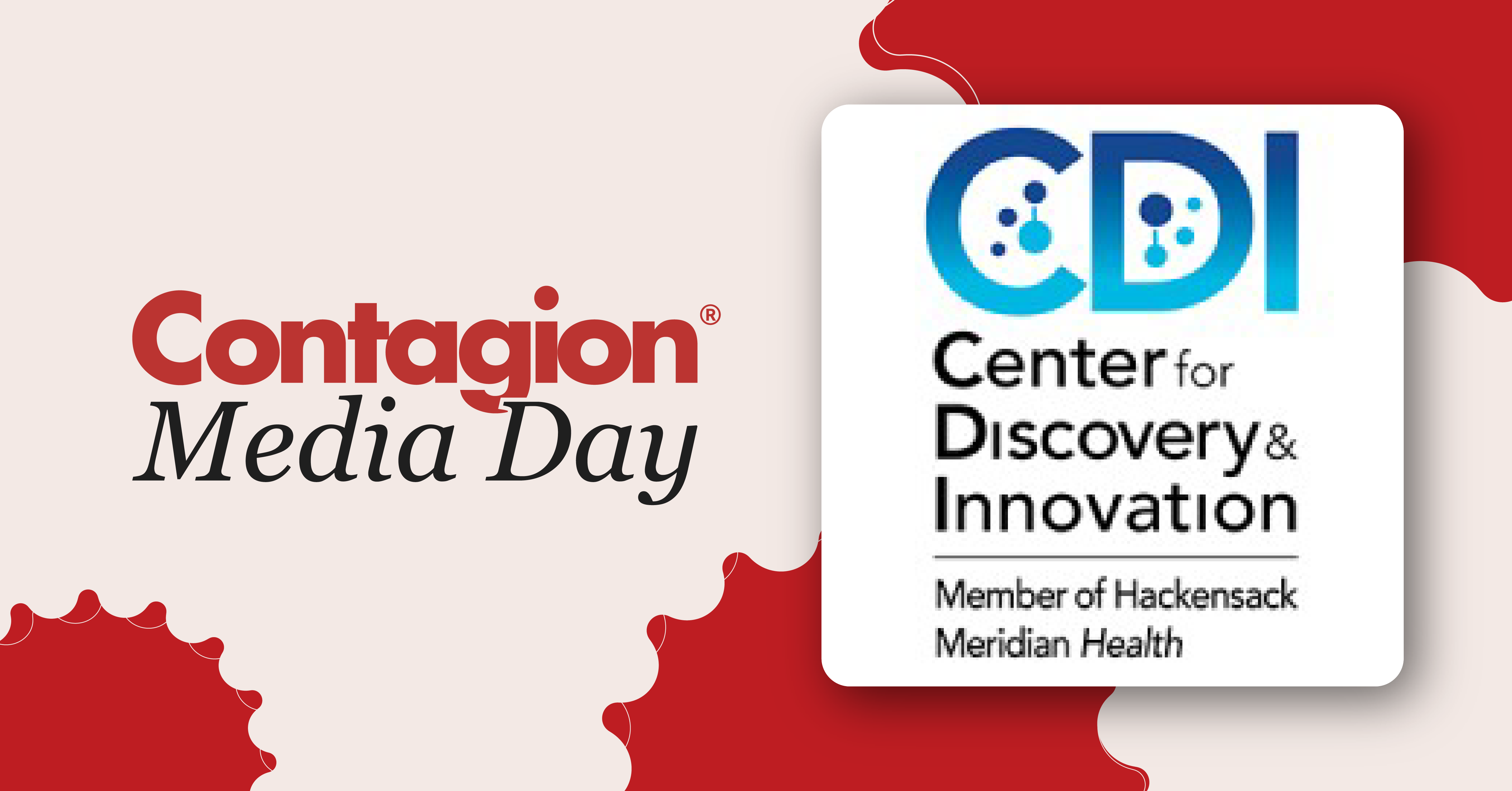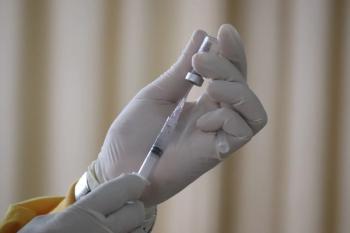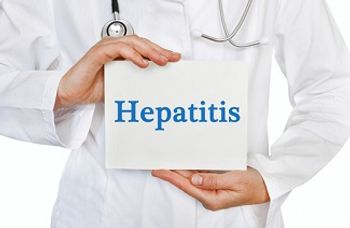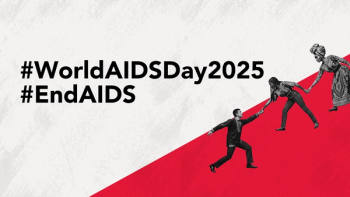
Developing the Next Generation of Rifamycins for Non-TB Mycobacteria in a Postantibiotic Era

Veronique Dartois, PhD, and Thomas Dick, PhD, discuss the multidrug resistance associated with non-TB mycobacteria and their research, which focuses on developing a novel version of this class of antibiotics for these infections.
We are continuing our new series, Media Day, where we spotlight individual medical institutions and infectious disease programs. This episode is with the Center for Discovery and Innovation (CDI), which is part of Hackensack Meridian.
Some scientists, clinicians, and other interested stakeholders are saying we are living in a postantibiotic era, which essentially means we are not developing these treatments quickly enough to address the growing resistance to the current antibiotic armamentarium.
For example, nontuberculosis mycobacteria (NTM) are resistant to most antibiotics, which is why NTM infections are difficult to treat and require long-term, multidrug courses.
“The problem with NTM is that they are intrinsically resistant to almost all drugs that we have, and that makes them real superbugs. So with NTM bacteria, we are not reaching the postantibiotic era; we are right in there, so patients can't be cured,” Thomas Dick, PhD, member of the CDI and professor at the Hackensack Meridian School of Medicine and Georgetown University, said.
“The only way to stay ahead of the arms race is to come up with new antibiotics. So there is a simple need to increase the discovery and development activities to generate novel antibiotics against a range of bacteria: gram-negative bacteria, gram-positive bacteria, and mycobacteria,” Dick said.
Veronique Dartois, PhD, drug discovery portfolio director and program manager at CDI, points to the differences between treatment for tuberculosis vs NTM and that the former has seen more research and drug development than the latter.
“Tuberculosis is often described as a neglected disease. It is less neglected than NTM. It's gotten more attention in the past 20 years from funders than nontuberculosis mycobacterial research,” Dartois said.
In the Dick Lab at CDI, they have been working on antimycobacterial drug discovery platform, looking at the potential next generation of rifamycins to address NTM.
Dartois describes the potency of this class of antibiotics. “They're the most efficacious for many reasons. They get to where the disease is very efficiently because they are bactericidal. So a lot of antibiotics only prevent growth of bacteria. Rifamycins kill established infections, even if they're hidden in a very remote site, far away from where the blood supply is.”
Dick points out this class of antibiotics is a key treatment for tuberculosis but that it is not efficacious against NTM. He says there is an intrinsic resistant mechanism where the mycobacteria “eat up” rifamycins, rendering them ineffective.
“We figured out a mechanism, and based on that, we could actually do a reengineering project where we make chemical modifications of the rifamycins that prevent them from being destroyed by the bacterium. And doing that, we could generate novel rifamycins—the next-generation rifamycin—that are highly effective against NTM bacteria. And we showed in mouse models that the drug is extremely potent.”
Another benefit of this novel compound is that they removed the typical drug-drug interactions that occur with rifamycins. “If we can develop this compound and introduce it in the clinic, this could be a game changer for clinicians,” he said. “I think the drug profile that we have established is what clinicians really need in the clinic.”
This concludes this series. To view other episodes, go
Newsletter
Stay ahead of emerging infectious disease threats with expert insights and breaking research. Subscribe now to get updates delivered straight to your inbox.
















































































































































































































































































